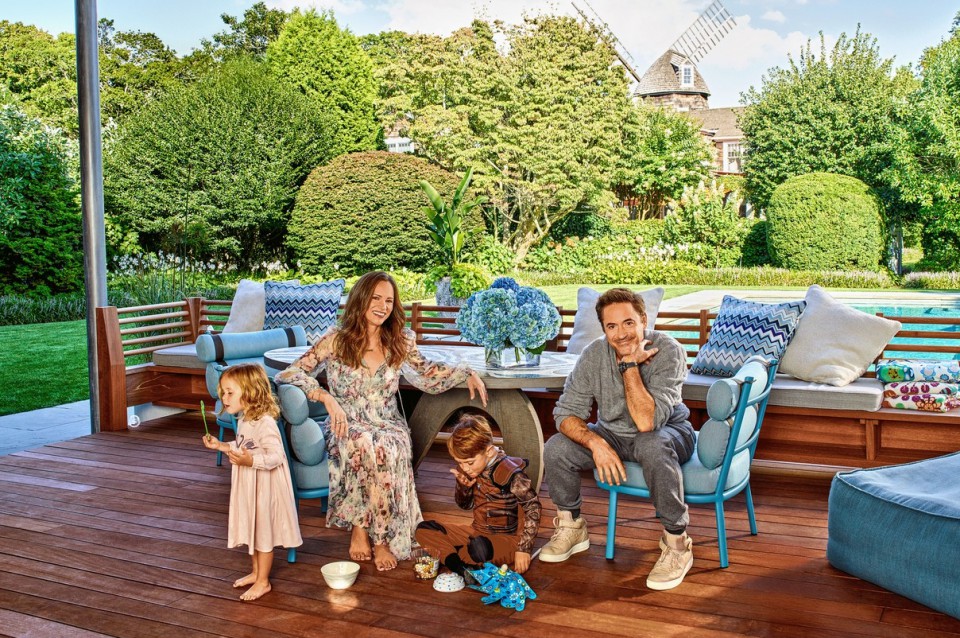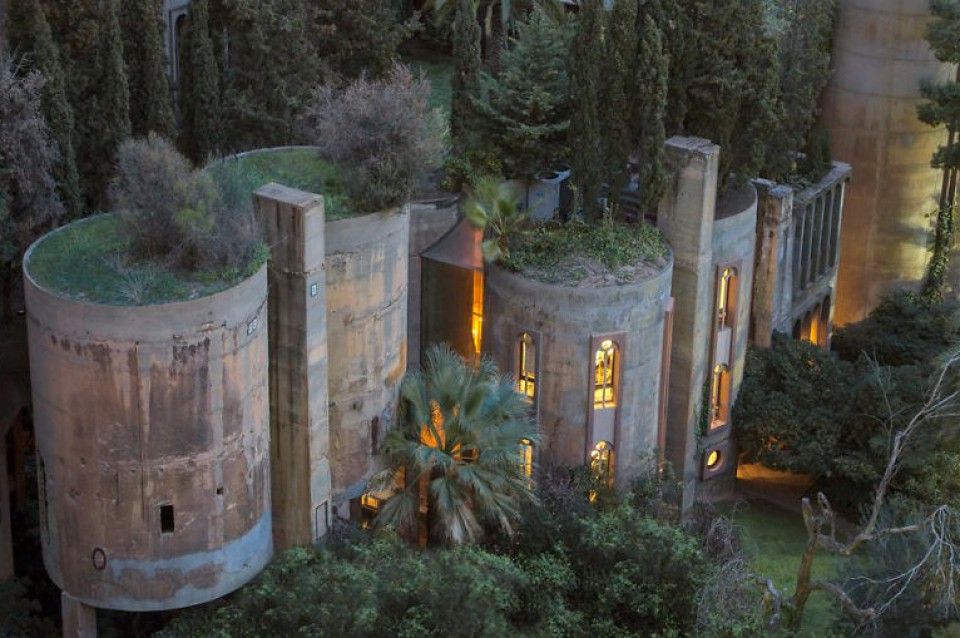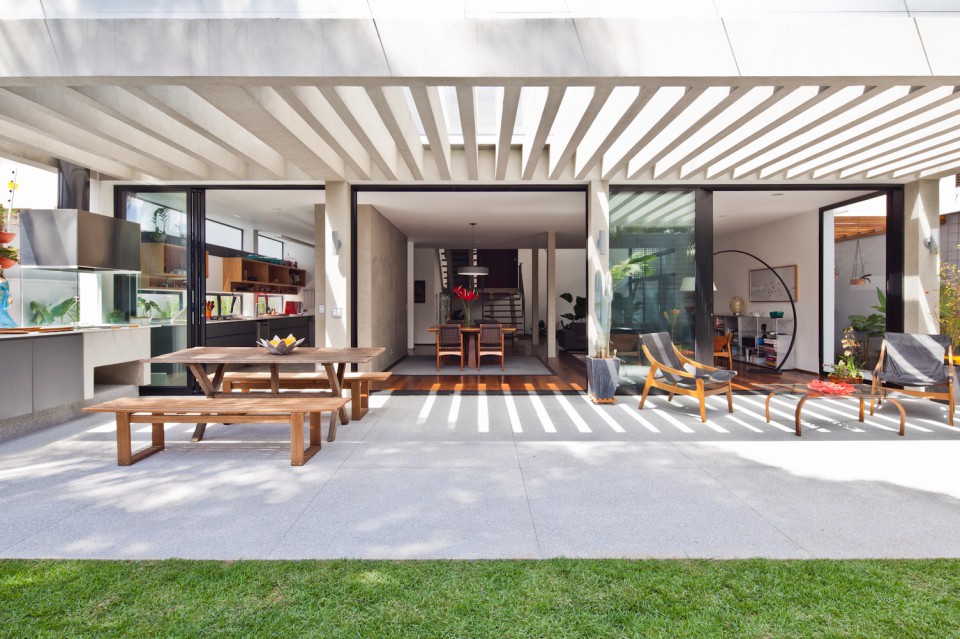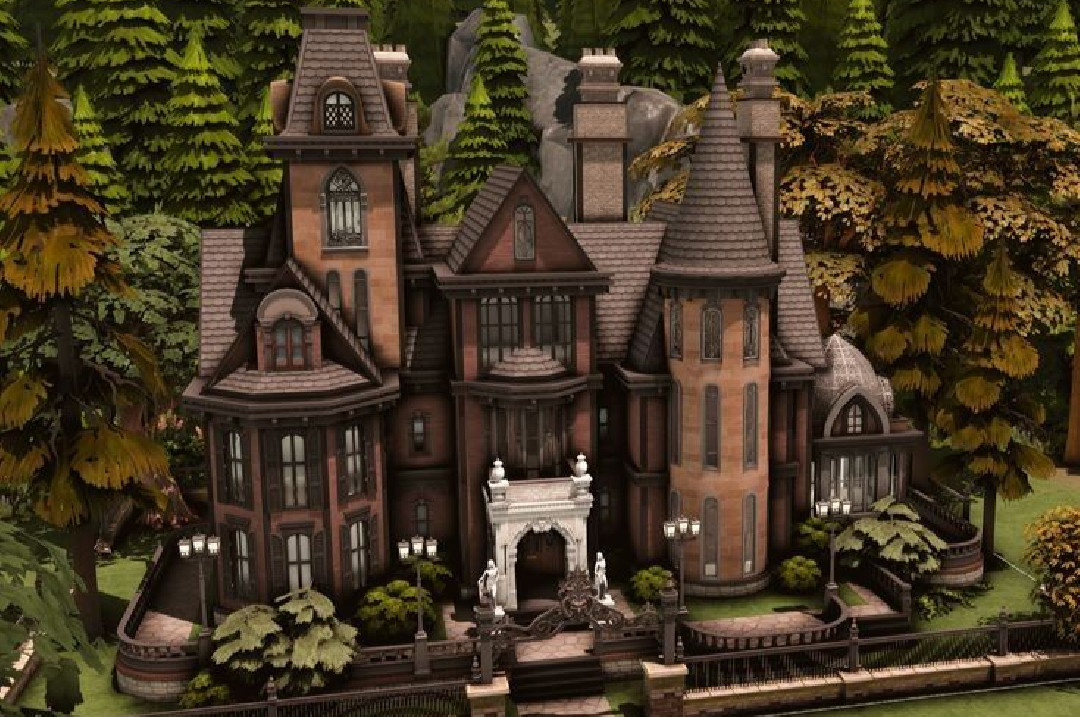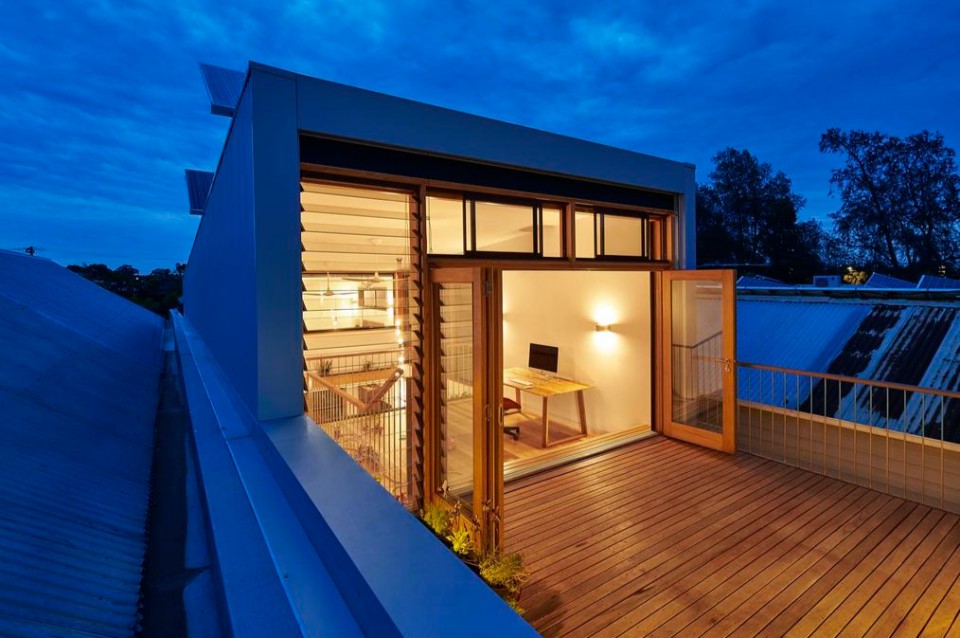8 Sports Stadiums with Unique and Beautiful Architectural Designs! Tourists Enjoy the Beauty of These Buildings
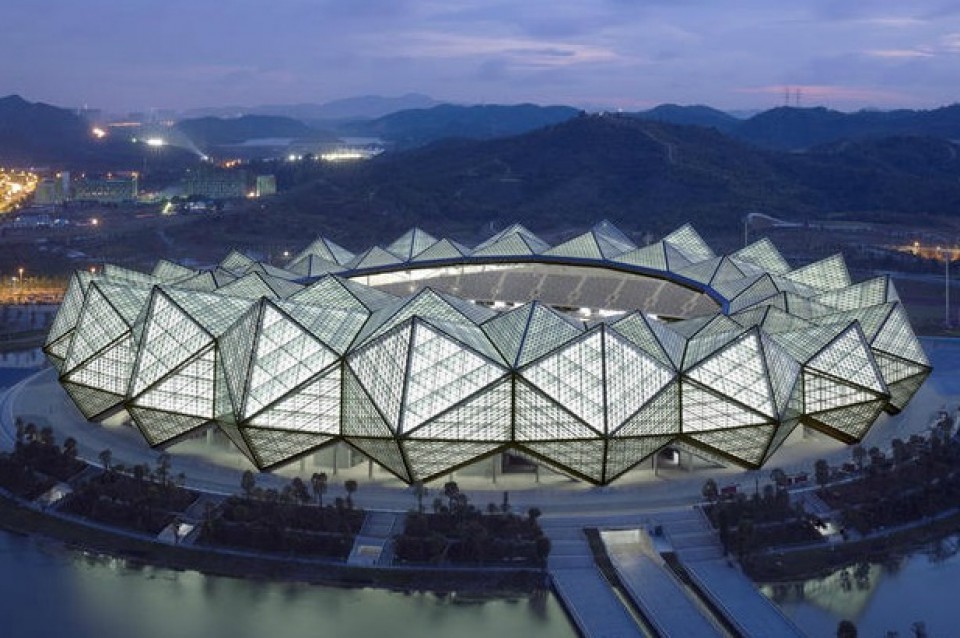
Sports stadiums in various countries often feature unique designs. They not only need to function well but also need to be sturdy and possess their own aesthetic value. This is because stadiums are frequented by various people when sporting events are held. Appearance is certainly a plus point to attract people to watch sporting events live. Here are some sports stadiums designed aesthetically by renowned architects.
-
Beijing National Stadium, Beijing, China
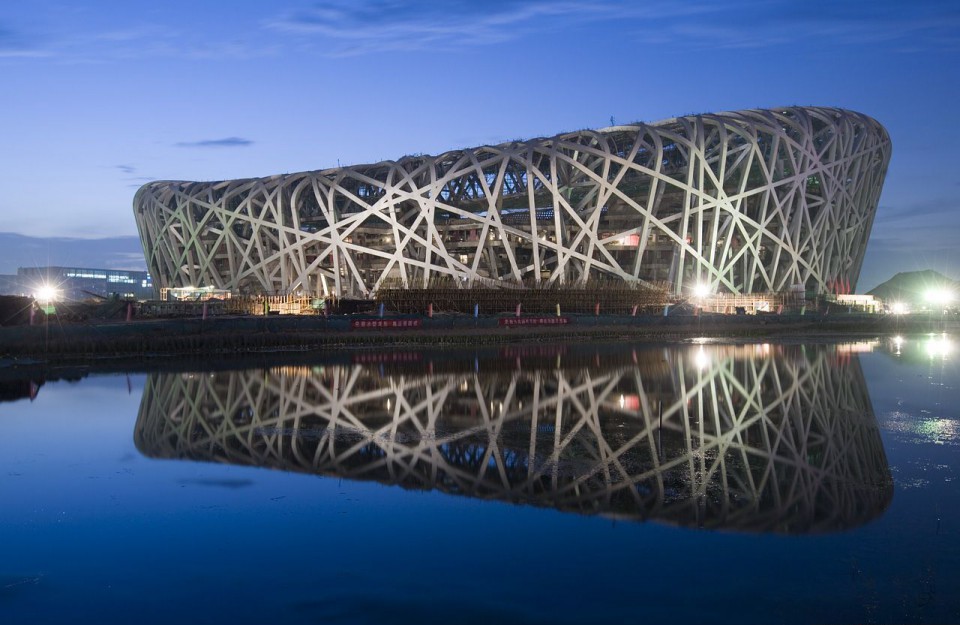
The stadium, active since 2008, was used for the Summer Olympics in Beijing. It's known as the Bird's Nest due to its exterior, which consists of a lattice of steel forming a nest-like structure.
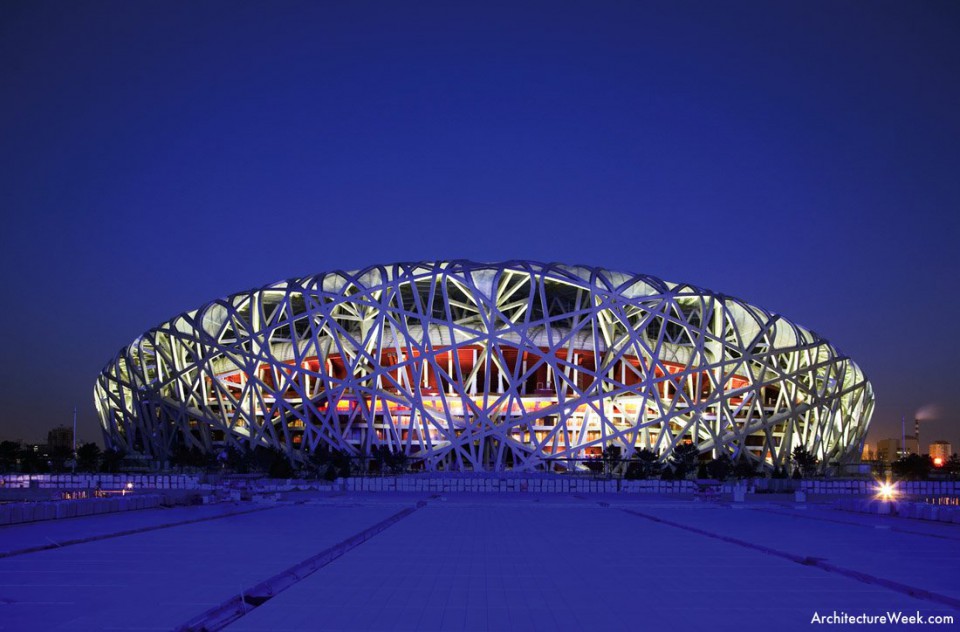
Sang desainer yaitu Herzog & de Meuron dan Ai Weiwei mempelajari hal-hal mengenai desain China. Dari filosofi hingga impretasi sebuah keramik menjadi dasar pendesainan stadion ini. Stadion dengan panjang 320 meter dan ketinggian 70 meter ini memiliki kapasitas kursi penonton sebanyak 100.000 bangku. Stadion ini pun banyak dikunjungi karena menjadi sebuah ikonik tersendiri bagi publik dan wisatawan.
2. Oita Bank Dome, Oita, Japan
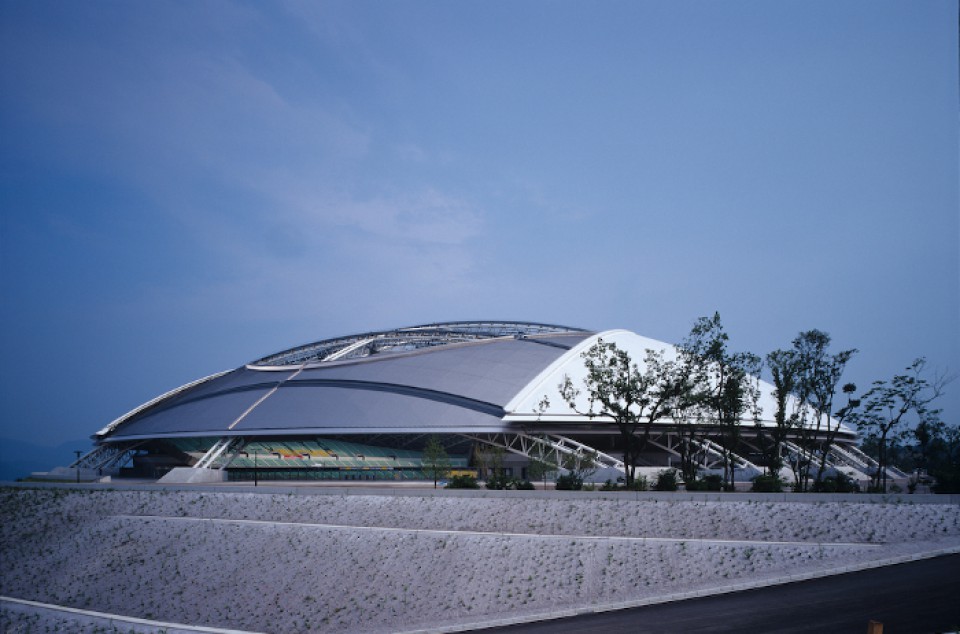
This stadium witnessed the excitement of the 2002 FIFA World Cup. Designed by Japanese architect Kisho Kurokawa, it's nicknamed the 'Big Eye' due to its retractable roof that resembles a giant eye. The oval-shaped roof can open and close depending on the weather conditions. The stadium won the title of the world's best stadium at the Stadium World Congress Awards in 2001.

3. Baku Crystal Hall, Baku, Azerbaijan

With a façade resembling crystal facets, this stadium was built in just eight months, earning it the nickname "Baku Miracle." Designed by German architectural firm GMP Architekten, it serves as both a sports stadium and a concert hall with a capacity of about 25,000. The transparent steel façade is adorned with approximately 9,500 LEDs, creating a dazzling display at night.
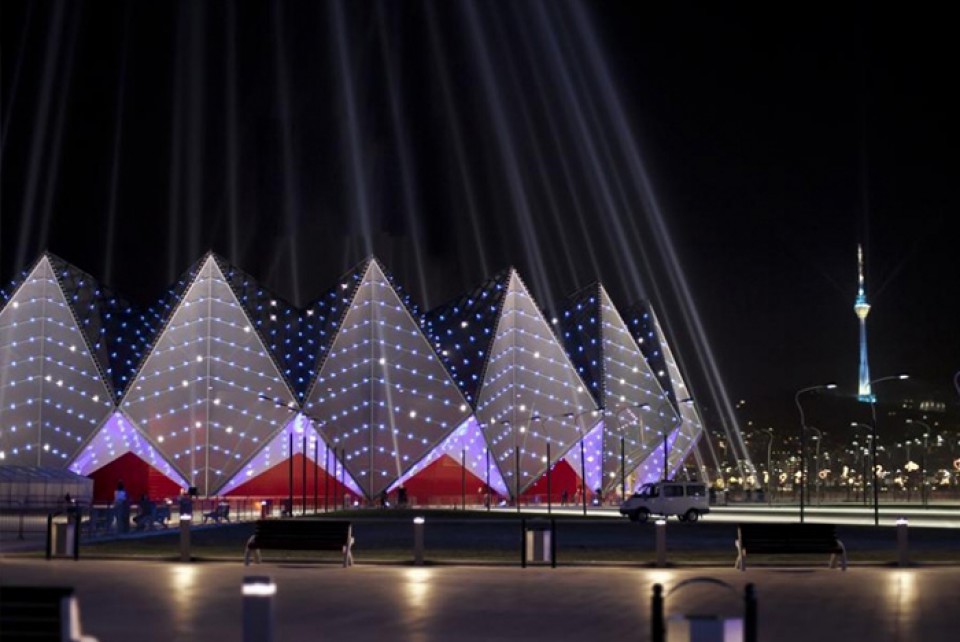
4. Soccer City Johannesburg, Johannesburg, South Africa
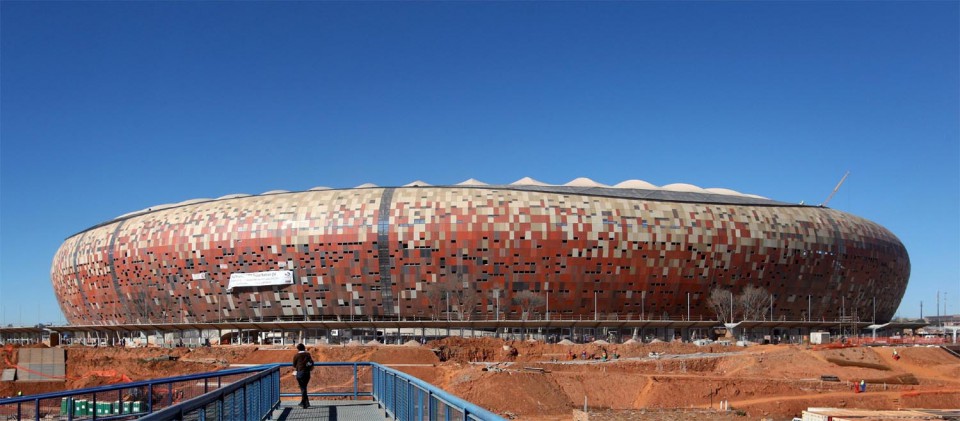
This stadium hosted the 2010 FIFA World Cup and was designed to represent modern and historical African culture. Renovated and rebuilt by Populous, it features a unique façade designed with a cladding system using panels made from local materials. The brown and cream-colored panels with perforations provide a varied and attractive appearance.
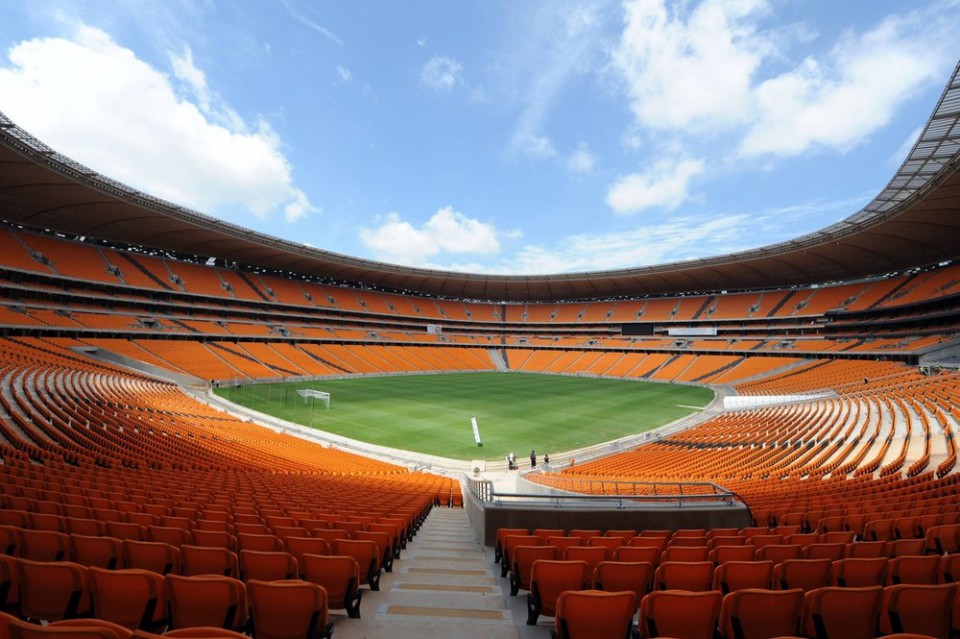
5. AAMI Park, Melbourne, Australia
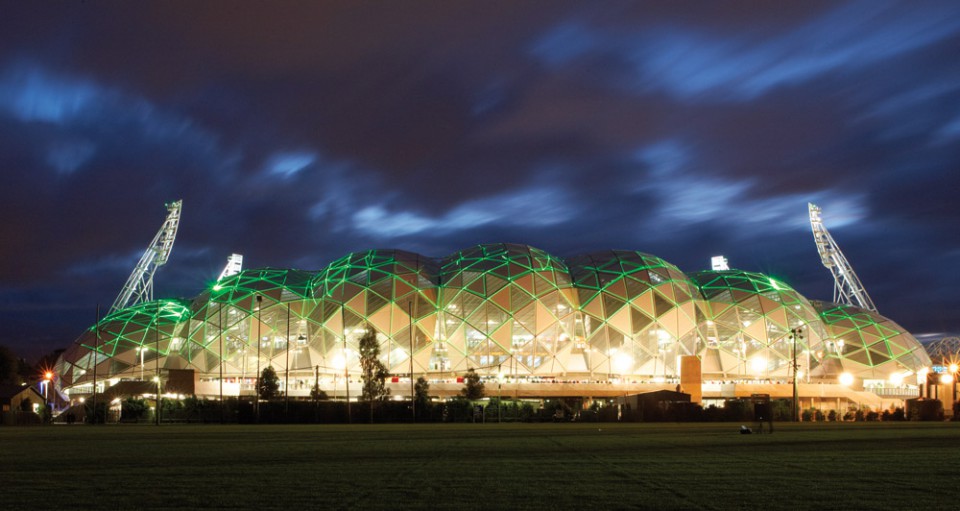
The geodesic dome-shaped exterior of this stadium, which won the Iconic World Stadium of the Year award in 2012, showcases a unique bioframe structure that appears both strong and visually pleasing. Designed by Australian architectural firm Cox Architecture, this stadium opened in 2010 with a capacity of 30,050 seats.
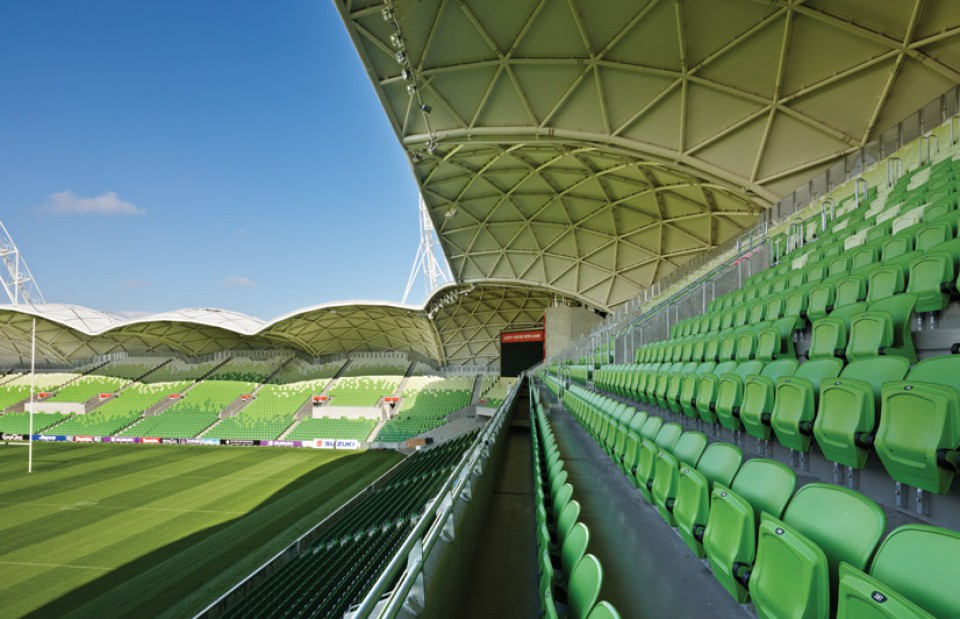
6. Allianz Arena, Munich, Germany
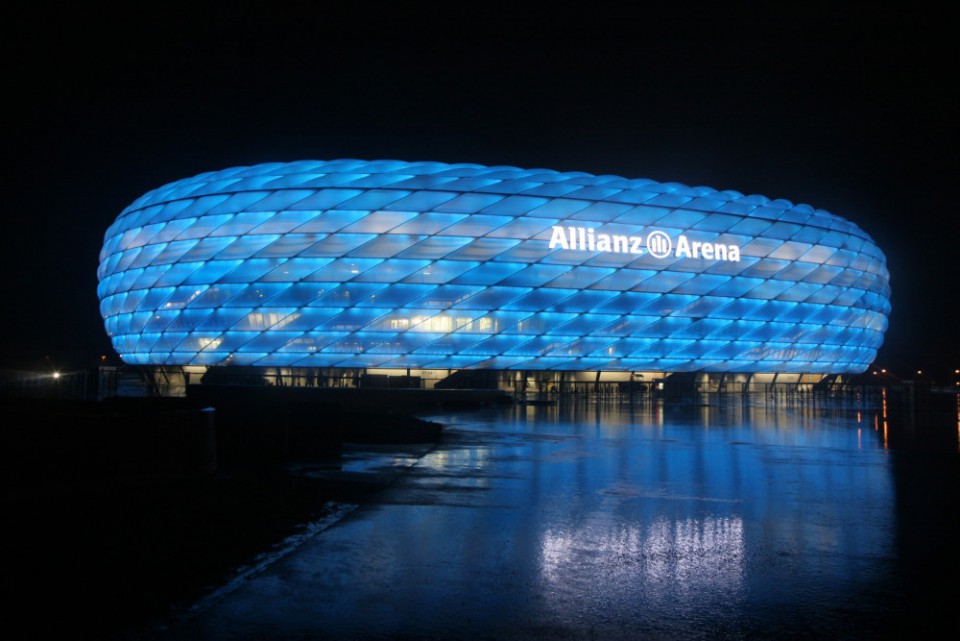
Home to the renowned German football team Bayern Munich, this stadium is one of the most popular sports venues in Germany. Designed by Herzog & de Meuron, its unique feature is its exterior façade that can change colors. The architects focused on three key elements during the design: a changing appearance on the landscape, a welcoming entrance, and the stadium's interior. The stadium has a seating capacity of 66,000.
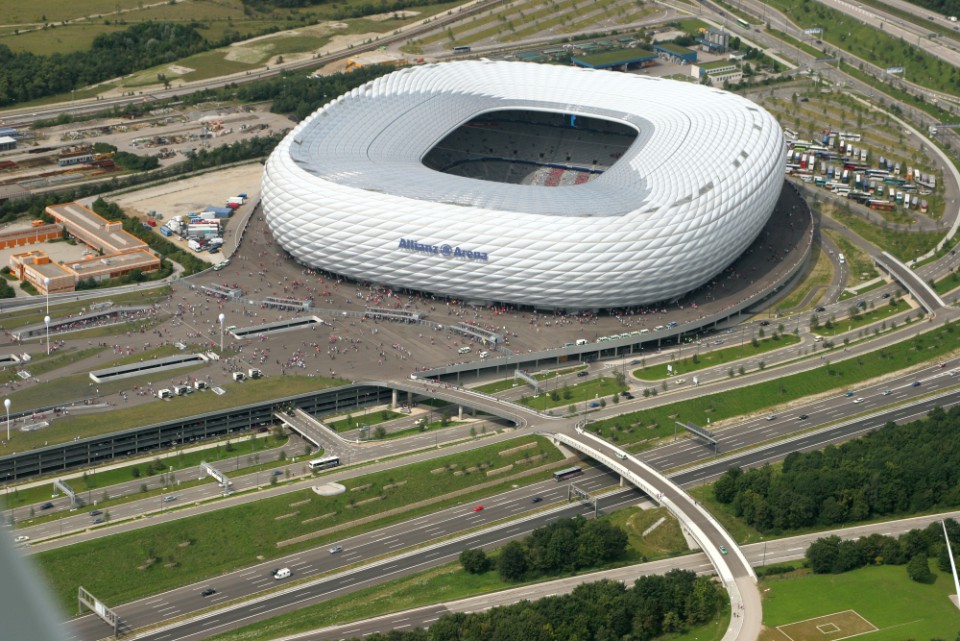
Known as the Olympic Stadium, it was the main venue for the 2012 Summer Olympics and Paralympics in London. Designed by Populous, it has a seating capacity of 80,000 and features a distinctive crown-like roof structure. The triangular segments of the roof frame also serve as lighting elements, creating an illuminated spectacle.
7. Stadium at Queen Elizabeth Olympic Park, London, England
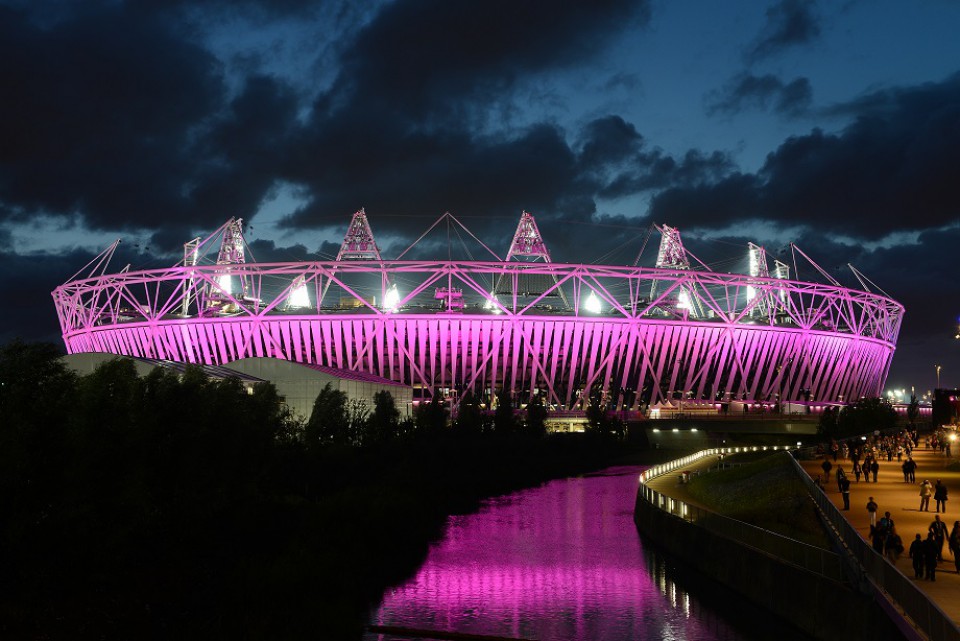
Known as the Olympic Stadium, it was the main venue for the 2012 Summer Olympics and Paralympics in London. Designed by Populous, it has a seating capacity of 80,000 and features a distinctive crown-like roof structure. The triangular segments of the roof frame also serve as lighting elements, creating an illuminated spectacle.
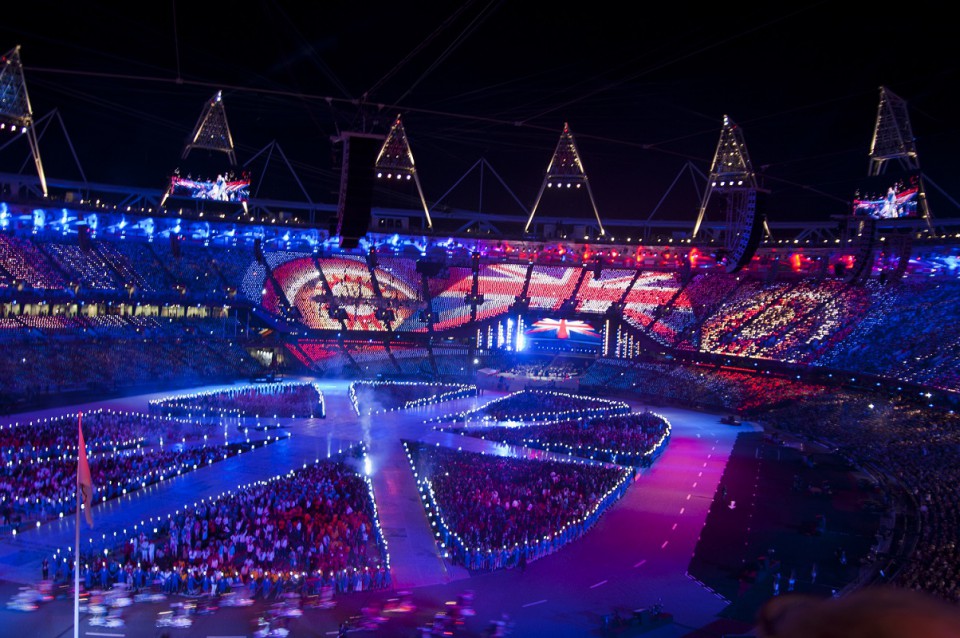
8. Aviva Stadium, Dublin, Ireland

Stadion ini merupakan rumah untuk tim rugby dan sepak bola nasional negara ini. Bentukan atap melengkungnya yang juga menjadi bagian pada fasadnya merupakan daya tarik dari stadion ini. Ditambah lagi penggunaan material polikarbonat transparan pada fasad dan atap membuat cahaya alami masuk ke dalam bangunannya.
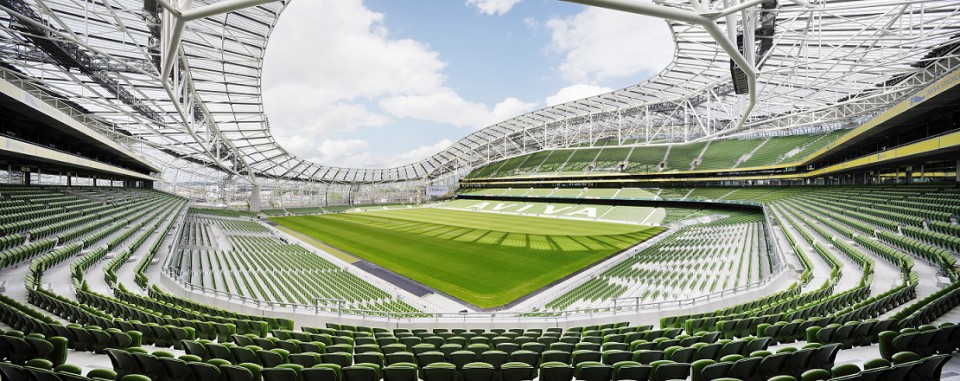
Home to the national rugby and soccer teams of Ireland, this stadium's standout feature is its curved roof, which is integrated into the façade. The use of transparent polycarbonate materials on the façade and roof allows natural light to illuminate the interior. Designed by Populous and British and Irish architects Scott Tallon Walker, the stadium, which opened in 2010, has a seating capacity of 51,700 and received international acclaim in 2011, winning the British Construction Industry Awards.


